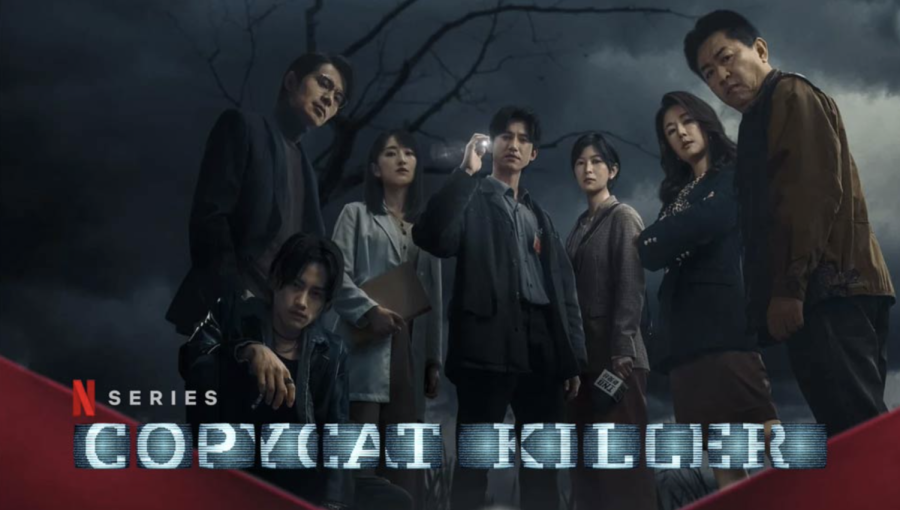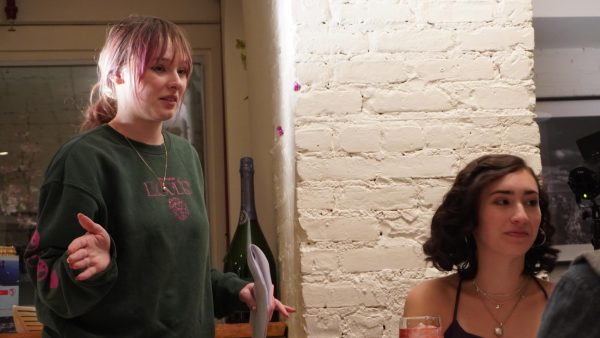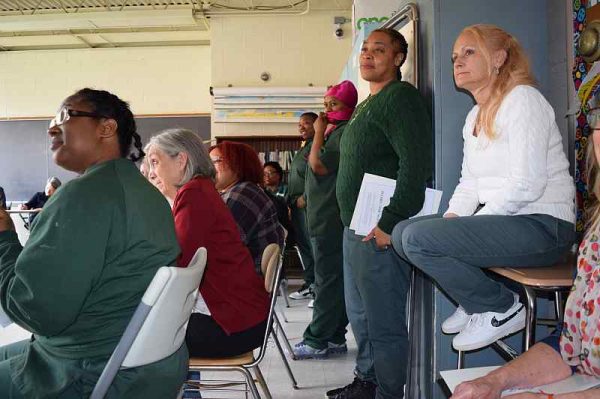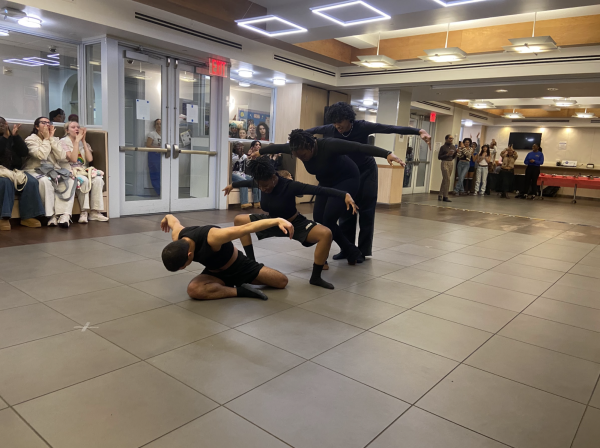New True Crime Series Copycat Killer: How the Media Plays a Part in the Capture of High Profile Serial Killers
Reading Time: 5 minutesThe new true crime series Copycat Killer based on the novel of the same name follows a detail-oriented prosecutor tracking down a copycat serial killer who has an obsession with drawing media attention any way he can, using the media as his bog spectacle by manipulating those around him, receiving more and more media exposure by the day. Copycat Killer is a gruesome slow-burn true crime series that allows viewers into the inner workings of the mind of a psychopath desperate for media attention and just how far he will go to get it, but also, at the same time, the reality behind how much the media can genuinely help authorities catch killers and how much they enable killers.
The killer targets young women who then stalks, kidnaps, and tortures them using the secrets the young girls kept hidden from the families that they thought would bring shame to the name, against them, even in death—going as far as contacting news stations about his crimes, playing a sort of mouse and cate game with the prosecutor and victims’ families in hopes doing what he said would bring their loved ones back when it only played further into his game of attention and implanting himself as close to the investigation as possible to revel in the fact he has not been caught yet.
The series plays heavily into the hand media has in helping the victims and their families, but also how media can and does enable the killer further by giving them the media attention they crave or simply naming the killer. When all that is done is give more power to those responsible for the crimes and take the attention away from the victims and their families who are trying to get justice.
Through the series, you see how media is meticulously used and how it’s used to gain what the killer wants in the end, attention. The news station in the series “TNB” reported on these cases of young women going missing and ending up dead weeks later with the same pre and postpartum injuries and their body parts left in red boxes. This news station has a reputation for the quality of news it puts out there. How they carry themselves on air with interviews and guests, but when it came to a victim’s family member talking about finding his granddaughter kidnapped by the killer, the station allowed for him to be belittled on air by air callers sending in tips. The callers blamed how he raised her, what she wore, where she went out, and who was the reason why she got herself kidnapped in the first place. The news anchor proceeded to let this onslaught of hate continue and even add to it, agreeing with said callers when he thought he was coming on air to get more people to help look for her so she wouldn’t end up like the other victims, but was criticized instead so the news station would get more views.
Most serial killers, like the one in the series, have narcissistic personalities that force them to want to have as much attention on them and/or on what crime they are currently committing to make whatever their point is at the time. The more people know about what they are doing, the more attention they want. This killer took the motive of a previously incarcerated killer, recreating his crimes to fit his message and taking the crimes further by getting news stations, like “TNB,” to play the tapes he sent of himself and his victims. Once the prosecutor began to get closer to figuring out the killer’s identity, he realized how much media attention had a hand in what the killer decided to do with the victims.
When the killer contacts the family members of the victims, he demands they grovel or do something embarrassing to show how much they love their loved one to ensure their safety, like going on air and pleading with the killer himself or crawling like a dog for hours. All in hopes that their loved one will be alive at the end of this, but they end up still dead, which feeds into the power and attention the killer wants. Eventually, the Prosecutor realized if you cooperated with the killer, your loved one would still die, but if you didn’t, it bought your loved one time. That time allowed the killer to find a new way of shocking the world with his bold statements or even bolder killings because his society didn’t follow his commands the first time.
The power of the media can do a lot of damage, and it can help a lot, too, when utilized correctly. The media has been known to name serial killers in the past, not knowing the damage it has to the families and their loved ones when calling a killer takes away from the severity of the crimes done to the victims. Along with any possible justice when all people can remember is a killer’s ‘catchy’ nickname and not even the names of the victims whose lives were lost.
In Copycat Killer, for such a renowned news station to first name the killer, knowing the effects naming high profile serial killers have, allowing a guest who is a victim and directly affected by the murders to be treated with disrespect, and constantly give the killer a platform to express his ‘message’ indirectly or not, “TNB” enabled this killer. They could have used their media presence to ensure he is caught and seen as nothing but a criminal committing murder. Not a public persona as someone to unlayer, but help authorities catch him before he takes another victim.
Instances like this series are seen throughout media history. For example, killer Jeffrey Dahmer was named the “Milwaukee Cannibal,” Then came along the cannibal jokes/memes referenced in movies and TV series, taking away the seriousness of the crime and the pain the families had to endure. “By engaging in such unethical behavior, journalists are doing a gross injustice to society, and they also provide an undeserved public forum for cold-blooded murderers who crave the limelight and public attention,” stated by Psychology Today. All this is doing is further desensitizing society to gruesome murders and giving the killers precisely what they want, a stage for the attention they crave.
Instead of giving more power to the killers, media and news stations need to ensure the families are being thought of every step of the way when reporting on their lives. Later in the series, you see a news reporter make a segment dedicated to all the young girls who were the killer’s victims. Some cases were pushed to the side or overlooked because they were seen as girls who were runaways or caught up in the trouble party scene that got themselves killed and kidnapped in the first place, so there wasn’t as much effort put into figuring out what happened to them. The reporter and her segment ensured the victims and their families were seen and heard for what happened to them, bringing awareness to the growing crime rate involving the death of young women in that particular area.
The reporter was able to put focus on the victims and their families to bring them justice rather than focus on a killer responsible for the crimes, a skill that should be further taught and practiced in any newsroom. The balance of making viewers aware of any possible dangers happening around them while not giving the killer responsible the air time they are seeking, but showing that air time to the people who matter, the victims.

Najla Alexander is the Features Editor and Crime Reporter for The Monitor. She is Majoring in Digital Journalism and Minoring in Forensic Psychology. Her...










